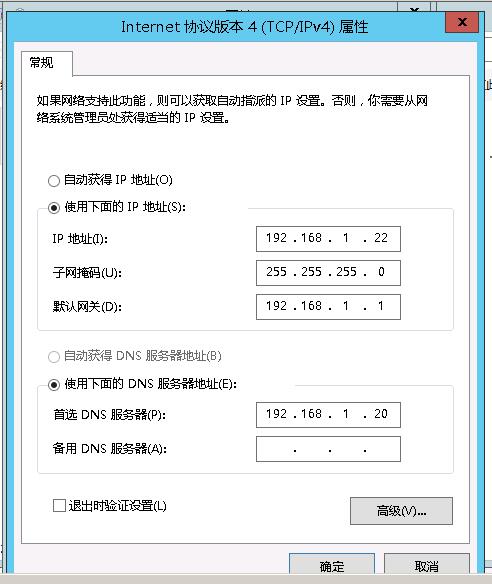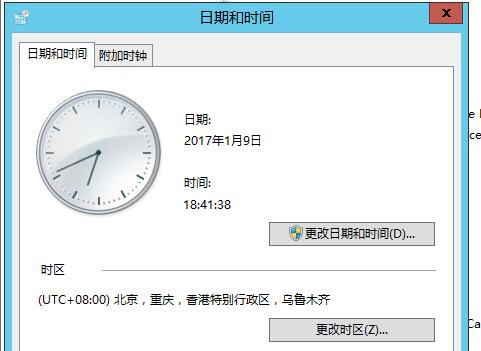我正在为STM32Fx cortex-M3系列处理器开发一个程序.在stdint.h中定义了以下内容:
typedef unsigned int uint_fast32_t; typedef uint32_t uint_least32_t; typedef unsigned long uint32_t;
据我了解.
[u]int_fast[n]_t will give you the fastest data type of at least n bits. [u]int_least[n]_t will give you the smallest data type of at least n bits. [u]int[n]_t will give you the data type of exactly n bits.
据我所知sizeof(unsigned int)< = sizeof(unsigned long)和UINT_MAX< = ULONG_MAX - 总是如此. 因此,我希望uint_fast32_t是一个大小等于或大于uint32_t大小的数据类型. 在cortex-M3 sizeof(unsigned int)== sizeof(unsigned long)== 4的情况下.因此上述定义在大小方面是“正确的”. 但是为什么它们的定义方式与基础数据类型的名称和逻辑大小不一致,即
typedef unsigned long uint_fast32_t; typedef unsigned int uint_least32_t; typedef uint_fast32_t uint32_t;
有人可以澄清基础类型的选择吗?
鉴于’long’和’int’的大小相同,为什么不对所有三个定义使用相同的数据类型?
typedef unsigned int uint_fast32_t; typedef unsigned int uint_least32_t; typedef unsigned int uint32_t;
解决方法
情况是,只保证
sizeof(long) >= sizeof(int)
并且不能保证它实际上已经存在了.在很多系统上,int通常都很长.



